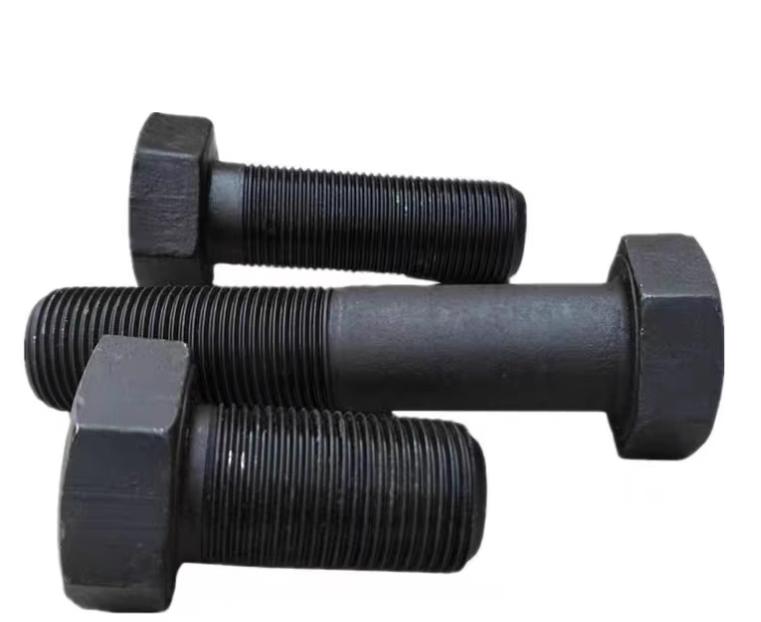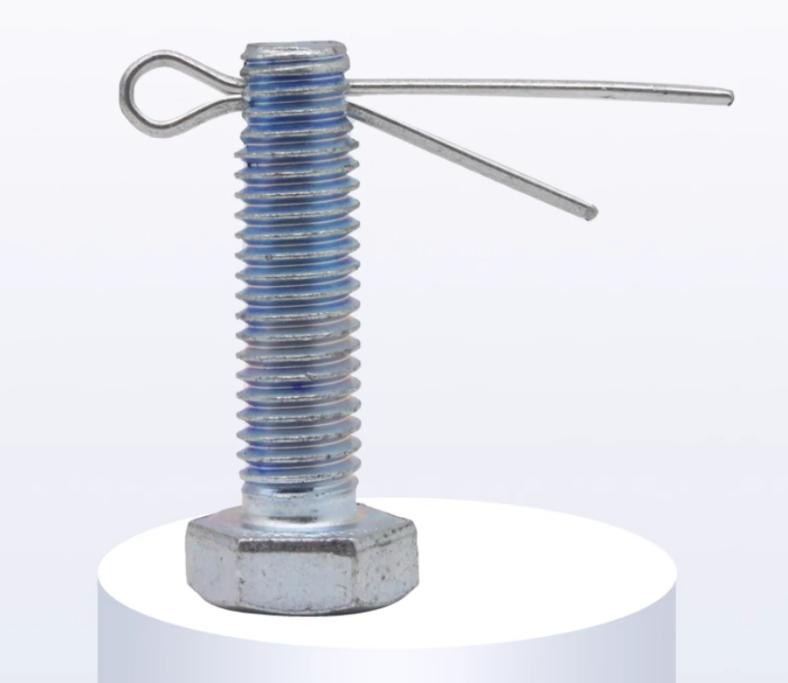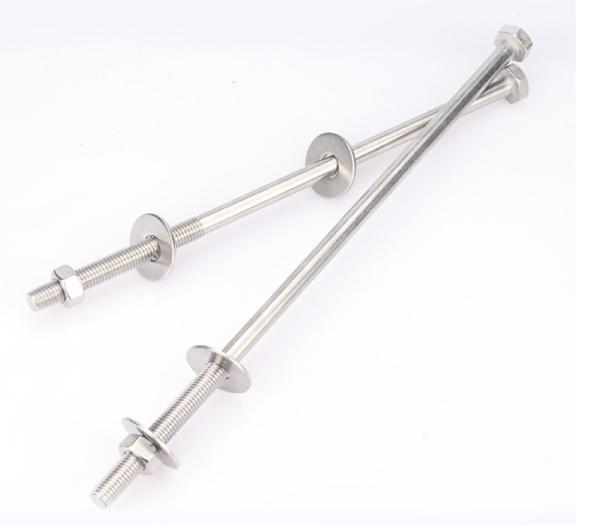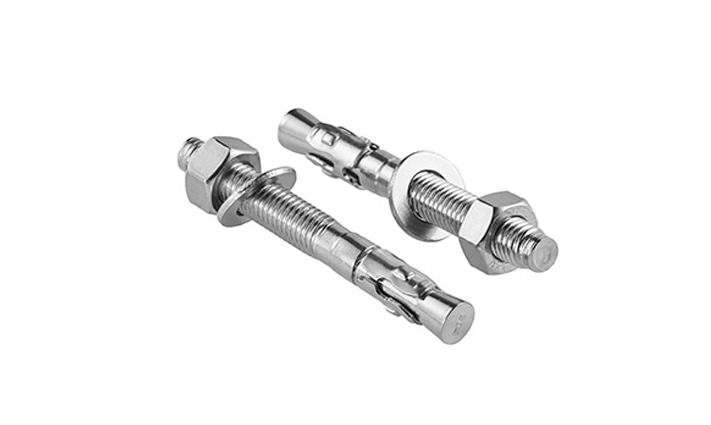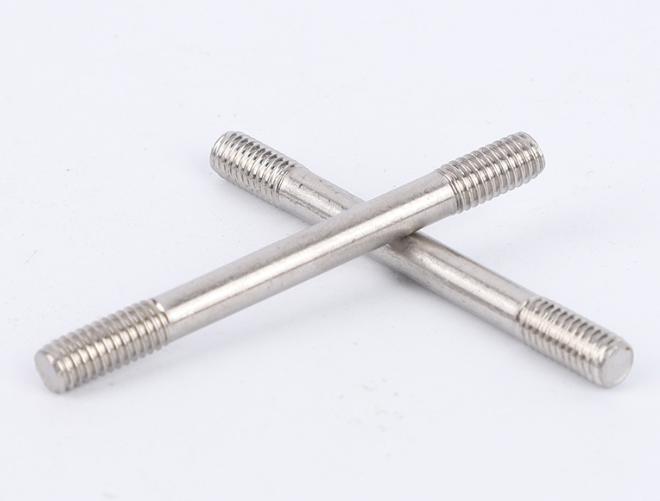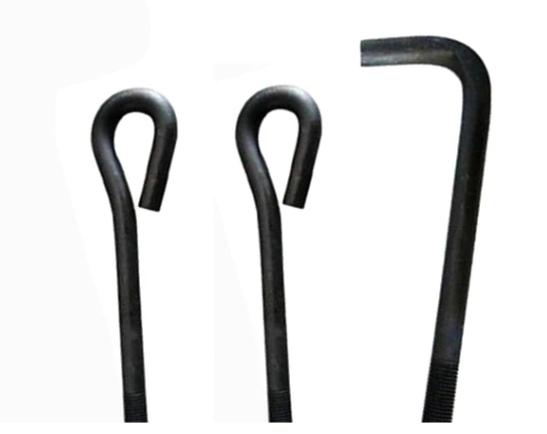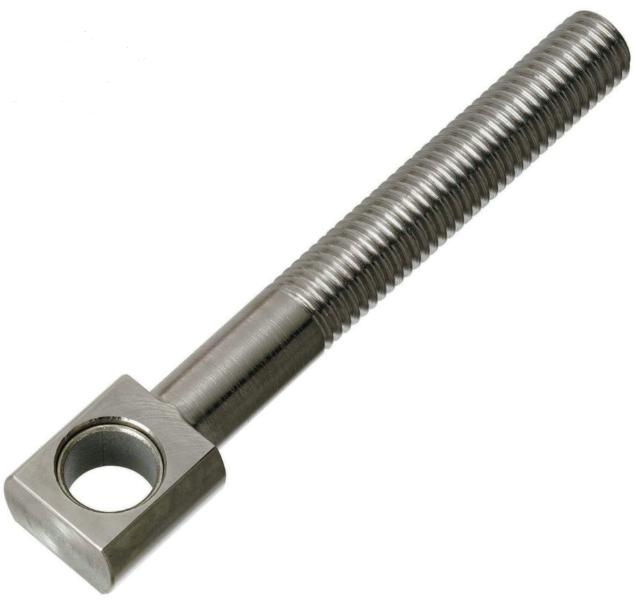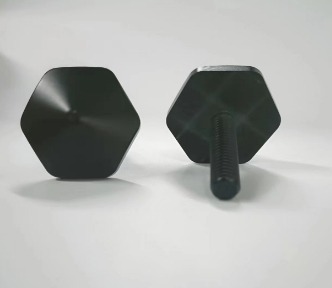How to Loosen Tight Bolts?
Dealing with tighten bolts is a common problem whether working on a DIY project, doing maintenance on machinery, or making repairs. However, with the appropriate approach and a few tried-and-true techniques, even the most obstinate bolts may be successfully loosened. In this article, we’ll focus on the topic of how to loosen tight bolts, exploring various methods and tips to help you conquer those tight bolts effectively.
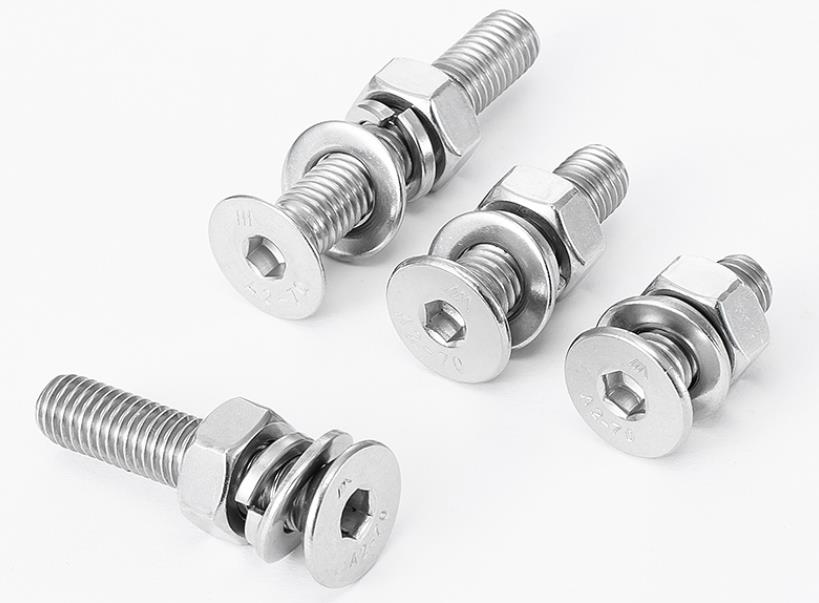
What are Various Methods of Loosening Tight Bolts?
1. Penetrating Oil
Using penetrating oil to loosen tight bolts is one of the most simple and efficient approaches. These specialist lubricants are meant to penetrate into the small crevices between the threads of the bolt and the nut, dissolving any rust or corrosion that may be causing the resistance. WD-40, PB Blaster, and Liquid Wrench are all popular penetrating oils. Apply a liberal amount of penetrating oil on the bolt and let it sit for a few minutes before attempting to loosen it again.
2. Heat
Thermal expansion might help loosen stubborn nuts. The metal expands when heated with a propane torch or a heat gun, dissolving the bond formed by rust or other impurities. Allow the bolt to cool slightly before attempting to loosen it using a wrench. Wear suitable protective gear when applying heat near combustible materials.
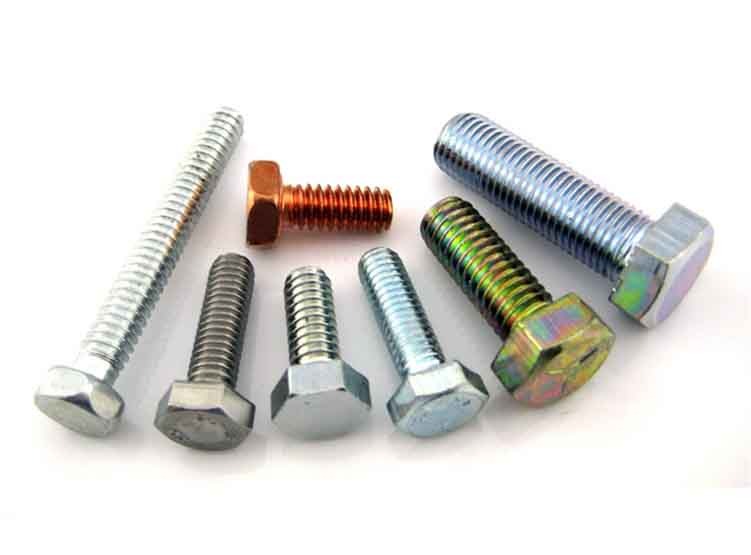
3. Impact Tools
Impact tools are strong mechanical devices that provide high-torque rotating impacts to fasteners such as bolts, nuts, and screws. They are widely employed in a variety of industries, including as automotive repair, construction, manufacturing, and maintenance, where the removal or tightening of recalcitrant fasteners is a typical necessity. The main types of impact tools are:
- Impact Wrenches: Impact wrenches, also known as air wrenches, air guns, or pneumatic wrenches, are commonly used in the automotive and industrial industries. They are compressed air propelled and come in a variety of sizes and torque levels. Impact wrenches are extremely useful for removing and tightening lug nuts, bolts, and other heavy-duty fasteners, making them essential in auto repair shops and tire-changing facilities.
- Electric Impact Wrenches: Electric impact wrenches are powered by electricity and can be corded or cordless. They can be used in both automobile and domestic purposes. Cordless electric impact wrenches are more portable, making them perfect for distant sites or regions where power outlets are difficult to come by. Electric impact wrenches come in a variety of power levels to tackle a wide range of tasks.
- Impact Drivers: Impact drivers are small and lightweight instruments that are usually used to drive screws and bolts. They create increased torque and drive screws more effectively by combining rotational force and high-frequency impacts. Impact drivers are frequently used in woodworking, building, and home improvement applications.
- Impact Screwdrivers: Impact screwdrivers are hand-held instruments that apply impact force to screws using a spring-loaded mechanism. They are particularly handy for extracting screws with stripped heads or screws embedded in tough materials.
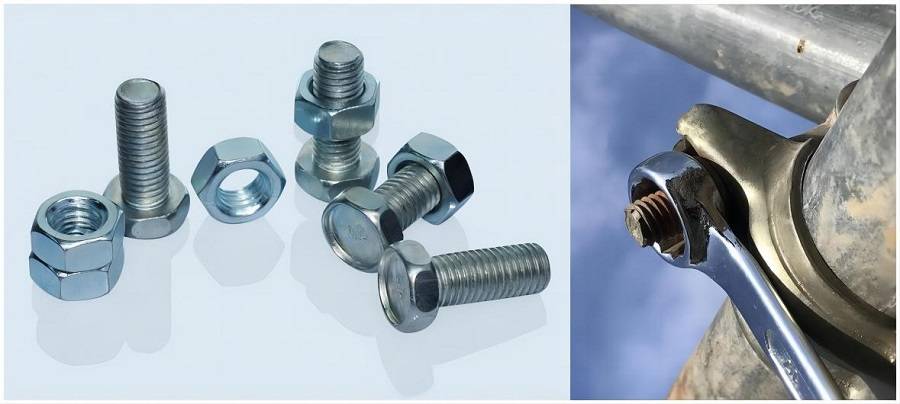
4. Use a Longer Handle or a Cheater Bar
Sometimes, all you need is a little more leverage. Attach a longer handle or a “cheater bar” to your wrench to gain extra torque. Just be cautious not to apply excessive force, as this can lead to damage or rounding of the bolt head.
5. Tighten Before Loosening
This paradoxical method is referred to as “shocking” the bolt. In some circumstances, slightly tightening the bolt before attempting to release it can disrupt the bond between the threads and make it simpler to remove.
6. Vibration
Vibrating the bolt might also aid in its loosening. You can carefully tap the surrounding area of the bolt with a rubber mallet or hammer while giving slight pressure to the wrench. The vibrations might aid in the removal of corrosion and dirt.
7. Cutting or Splitting the Bolt
If all other methods fail, you may have to cut or split the bolt as a last resort. To remove the bolt, use a hacksaw, reciprocating saw, or bolt cutter. However, this should be done with extreme care to avoid damaging the surrounding components.
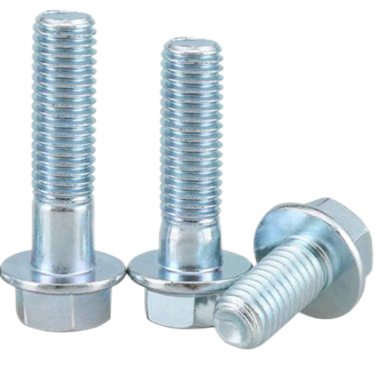
What Should be Attention to During Loosening Tight Bolts?
When attempting to loosen tight bolts, it is essential to exercise caution to avoid damage to the fastener, surrounding components, or potential injury to yourself.
Safety Gear
Wear suitable safety equipment, such as safety glasses or goggles to protect your eyes from debris and gloves to protect your hands.
Proper Tools
Use the appropriate tools for the job. To guarantee a snug fit on the bolt head, use the proper size wrench, socket, or impact tool. Using the incorrect size might result in the bolt head rounding off, making removal much more difficult.
Gradual Force
When attempting to release a tight bolt, use moderate and steady power. Excessive force may cause the bolt or tool to slip, perhaps resulting in injuries.
Avoid Striking Wrenches
Hammers and mallets should not be used directly on wrenches or impact tools. This can cause the tool to be damaged or slip, resulting in injuries.
Heat Carefully
Be careful not to overheat the surrounding components when applying heat to loosen the bolt. Heat should be kept away from flammable materials, rubber hoses, and plastic components.
Direction
Bolts are typically loosened by twisting them counterclockwise. Turning the bolt in the wrong way can tighten it even further.
Patience
Be persistent and patient. Loosening a stubborn bolt might take time and multiple efforts, especially if it is badly corroded or rusted.
Support Surrounding Components
Support the surrounding components when exerting force to avoid inadvertent harm. Stabilize nearby parts with blocks or clamps.
Know When to Stop
If a bolt appears to be excessively stubborn, avoid further attempts to damage the bolt, the threads, or the material it’s securing. Seek professional assistance if needed.
Lubrication during Reassembly
Apply anti-seize compound or thread lubricant when reassembling the bolt to prevent further corrosion and make future disassembly easier.
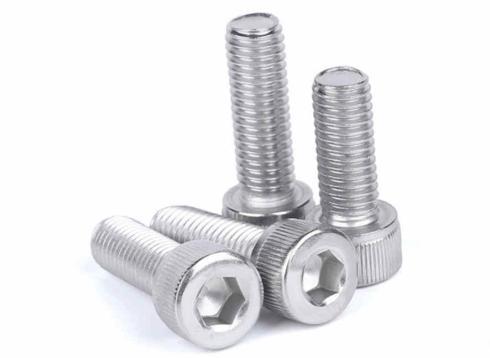
Summary
Loosening tight bolts might be a difficult task, but with the correct skills and tools, you can conquer this challenge. Taking a methodical approach and exercising patience can assist you in conquering even the most obstinate bolts and completing your chores with ease.

